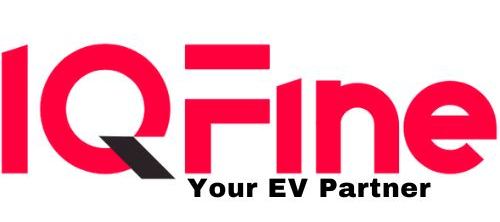With the rising electrification of the transportation market also driving the demand for electric mining equipment along with the surging need for minerals like nickel, lithium, and phosphates that are essential for electric vehicle (EV) batteries. As the industry shifts towards electrification, a persistent shortage of skilled operators is further accelerating the adoption of autonomous machines.

As traditional diesel equipment becomes obsolete the mining companies are facing a critical decision to convert existing vehicles to electric or hydrogen, or invest in new equipment. The consensus leans towards acquiring new, advanced machines, anticipating a future where mining operations are more efficient and environmentally friendly.
Forecast from the allied Market Research states that the global mining equipment market to grow from $141 billion in 2023 to over $200 billion by 2040, at a compound annual growth rate (CAGR) of 4.1%. However, this projection may be conservative, given the International Energy Agency’s (IEA) expectation of a 30-fold increase in mineral demand from EVs by 2040, particularly for lithium and nickel.

This rising demand for minerals also invites greater automation in mining. With mines often located in remote areas and the repetitive nature of mining tasks, automation presents a practical solution. Sara Jensen from Power & Motion notes “A mining vehicle typically travels the same route or makes the same movements over the course of the day, such as digging and loading material into a vehicle, This aids the design of an autonomous system because there are known patterns which can be more easily integrated compared to the varied drive cycles of on-road vehicles.”
A delayed shift to nickel-rich chemistries (and away from cobalt-rich chemistries) results in nearly 50% higher demand for cobalt and manganese in 2040 compared to the base case. Nickel demand is 5% lower in 2040 compared to the base case.
The faster uptake of lithium metal anodes and ASSB results in 22% higher lithium demand in 2040 compared to the base case, but also much lower demand for graphite (down 44%) and silicon (down 33%).
Moving rapidly towards a silicon-rich anode results in nearly three times as much silicon demand in 2030 compared to the base case, and a slight decrease in graphite demand (down 6%). By 2040 silicon demand is only 70% higher, owing to a higher adoption of silicon-rich anodes even in the base case.
IEA Report
The push for electric and autonomous mining equipment was prominently showcased at CES 2024, with major players like Hyundai, Bobcat, Volvo CE, and Caterpillar unveiling innovative concepts. These advancements not only reduce fuel costs—IDTechEx estimates savings of over $850,000 per year for a single haul truck—but also lower maintenance and downtime compared to traditional diesel vehicles.




As the industry rapidly evolves, the transition to electric and autonomous mining equipment is not just a trend but a necessity, poised to reshape the future of mining operations worldwide.








